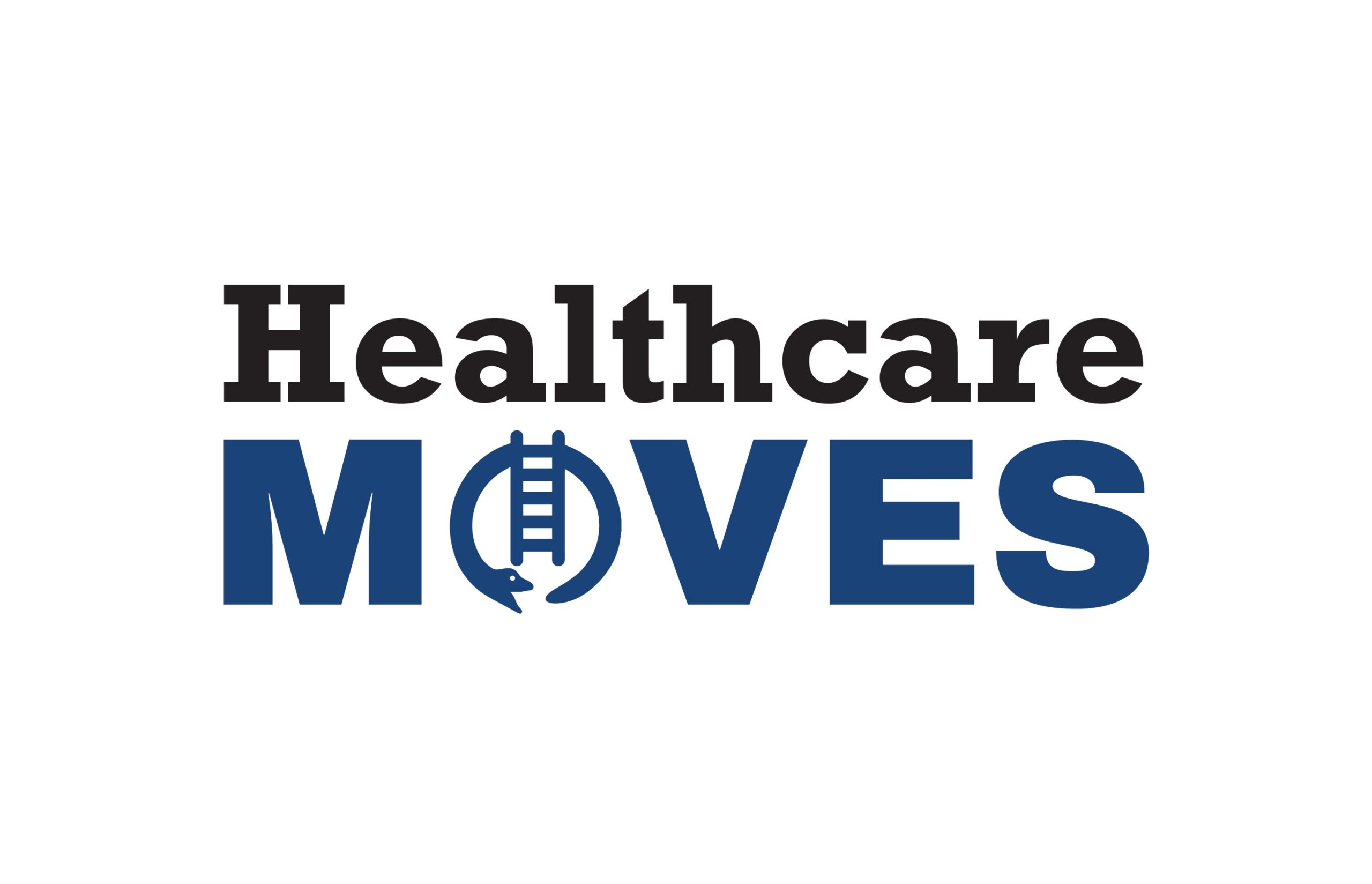
A new study conducted by the Berkeley Research Group provides some fresh insight into how the pharmaceutical supply chain works, who pays what, and where the profits go.
There is one major caveat to note upfront: The study was funded by PhRMA, an industry lobbying group for biopharmaceutical companies.

With the Rise of AI, What IP Disputes in Healthcare Are Likely to Emerge?
Munck Wilson Mandala Partner Greg Howison shared his perspective on some of the legal ramifications around AI, IP, connected devices and the data they generate, in response to emailed questions.
Taking that into account, the data and discussion still add valuable context and another perspective to the drug price debates.
Importantly, the study helps explain some of the factors influencing pharmaceutical list prices. These numbers are determined by the manufacturer and often trigger fresh outcry from politicians, providers and patients.
Gilead’s Sovaldi sells for $84,000. Alexion’s Soliris is priced at $537,000 per year and the most recent sticker shock, Biogen’s Spinraza, is listed at $750,000 for the first year of treatment.
That’s not an issue in of itself, explained Aaron Vandervelde, a managing director at BRG and co-author of The Pharmaceutical Supply Chain: Gross Drug Expenditures Realized by Stakeholders.
The list price is nearly always subject to retrospective rebates, discounts and fees throughout the pharma supply chain, he said. That ultimately impacts how much different stakeholders pay for the drug and how much the manufacturer receives.
The industry and PhRMA have been saying this for some time, but the BRG study may be one of the first to back it up with numbers.
For brand-name drugs, manufacturers made $219 billion in 2015. That amounts to 63 percent of ‘total gross spending,’ aka the list price, the report states.
Over one-third of the list price was lost through rebates to pharmacy benefit managers (PBMs), health plans, the government, or retained by other stakeholders in the supply chain.

Source: Berkeley Research Group
In a recent phone interview, Vandervelde said that his firm’s research also found that the rebates and discounts are getting larger every year. BRG looked at data beginning in 2013 and saw a substantial increase in the discounts PBMs and health plans negotiated from manufacturers.
“In 2013, manufacturers paid about $67 billion in retrospective rebates, discounts and fees,” Vandervelde said. “By 2015, that amount had grown to $106 billion. That was the single biggest contributing factor to the decreasing percentage of the gross drug expenditures that are retained by the brand manufacturers.”
Herein lies the issue with list prices. The manufacturer has total say. If mandatory rebates and discounts rise, it can increase the list price to offset those added costs. It’s a vicious cycle that might already be in play.
“I think there is an argument to be made that manufacturers may be responding to that growth by increasing list prices,” Vandervelde said, though he stressed that it is very complicated and his firm’s research didn’t address that question directly.
A significant percentage of the rebates are mandated, including those that fall under the Medicaid Drug Rebate Program or that qualify for 340B discounts. Both of these categories have grown in recent years, Vandervelde said, which puts pressure on biopharma profits.
Other rebates are optional, usually made by the drug companies to improve patient access or to remain competitive when other drugs are made available in their therapeutic space.

Study co-author, Aaron Vandervelde
While critics of the industry often fixate on the list price of a drug, it’s really only an opening bid.
“Are some payers paying list price? Yes. Is that the case for the life cycle of a drug? Very rarely,” Vandervelde said. “It’s much more common at the launch of the drug and then typically as the therapeutic class becomes more competitive you’ll see steeper and steeper discounts over time.”
It also depends on the therapeutic area. Hepatitis C drugs introduced today will be taking a significant hit on their list price. Gilead had a lot more power to resist those forces when its first-in-class drugs, including Sovaldi, were introduced.
What does all of this mean for drug pricing? Biopharmaceutical companies aren’t off the hook, but there’s a lot more happening behind the scenes.
Some experts argue that drug companies are exploiting the complexities of the supply chain. The Washington Post recently highlighted the manipulative use of coupons. Others have argued that pharma companies overcompensate for the discounts by raising the list price by more than 10 percent a year.
Based on this latest report, it appears there is a significant amount of inefficiency in the supply chain. If drug prices are too high, the wider health system needs to be taken into account.
The list price is used for the first point of sale, from the manufacturer to the wholesaler. To turn a profit, the wholesaler charges what are commonly referred to as prompt pay discounts and stocking fees. Wholesalers then contract with both pharmacies and providers.
Pharmacy benefit managers (PBMs) are not part of this supply chain — unless they operate a mail order pharmacy. For the most part, their role is to negotiate reimbursement rates with the pharmacies and the manufacturers, on behalf of their health plan clients.
At the end of the day, it’s too complex to summarize in a 140-character tweet on drug prices. Pharma companies may have been using that to their advantage, pointing to the rebates and discounts as an excuse for high list prices. Whether that’s true or not, the argument isn’t working. New regulations and penalties are surely on the horizon.
Photo: Devrimb, Getty Images














